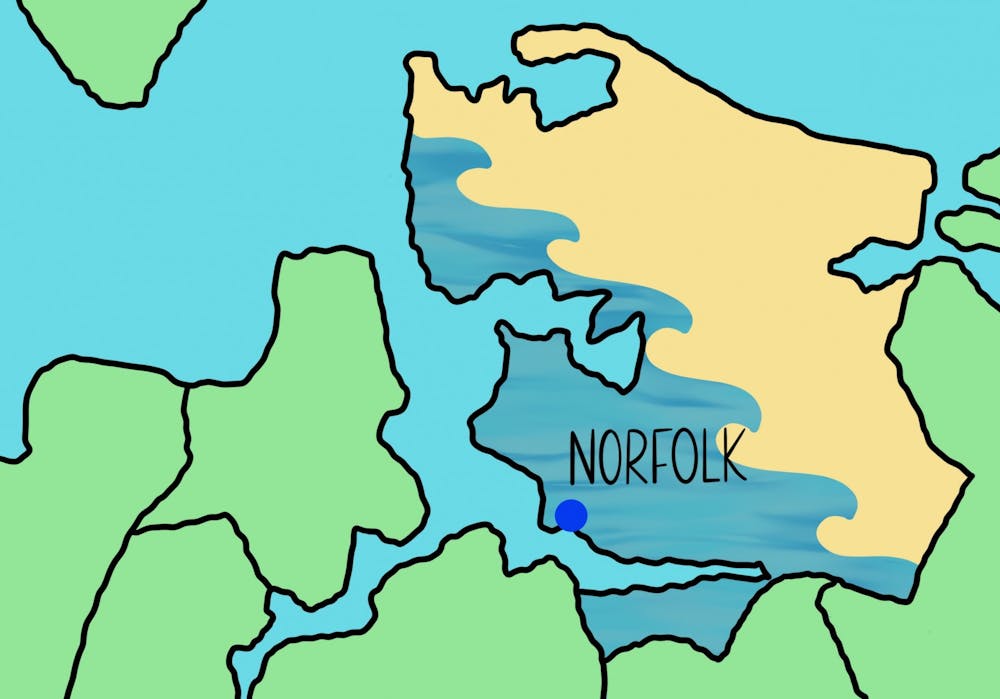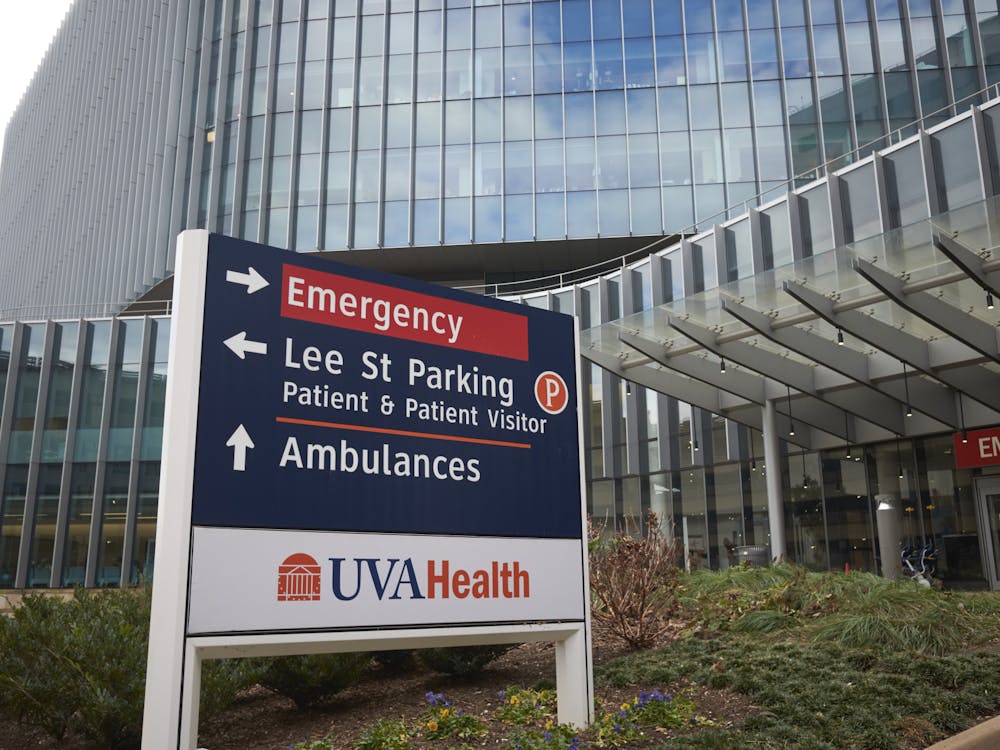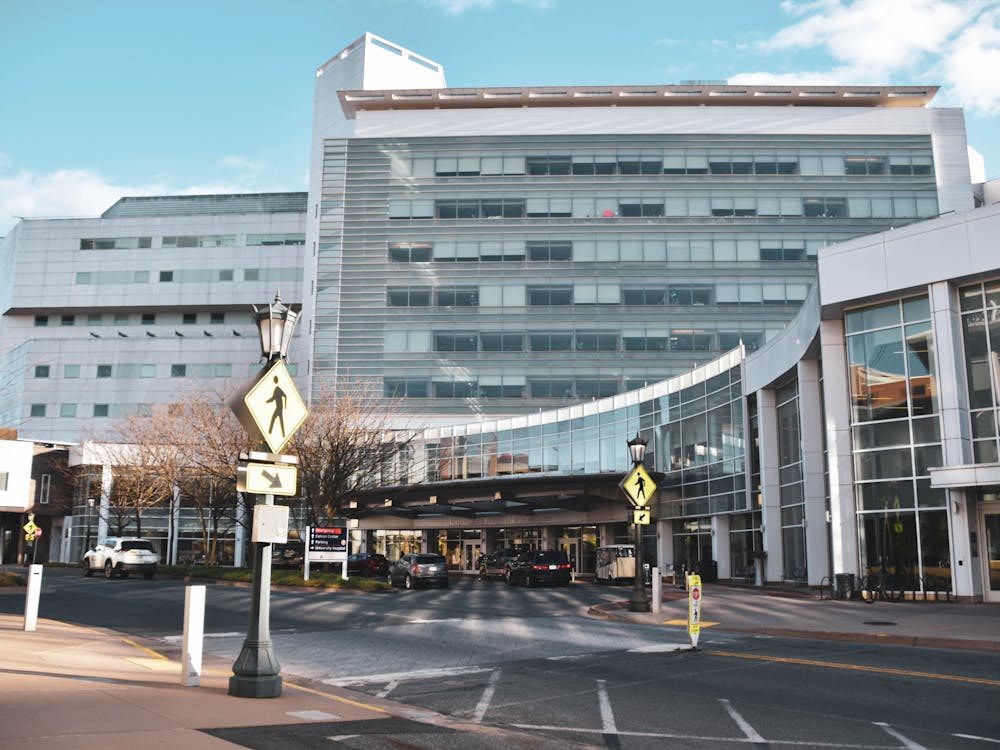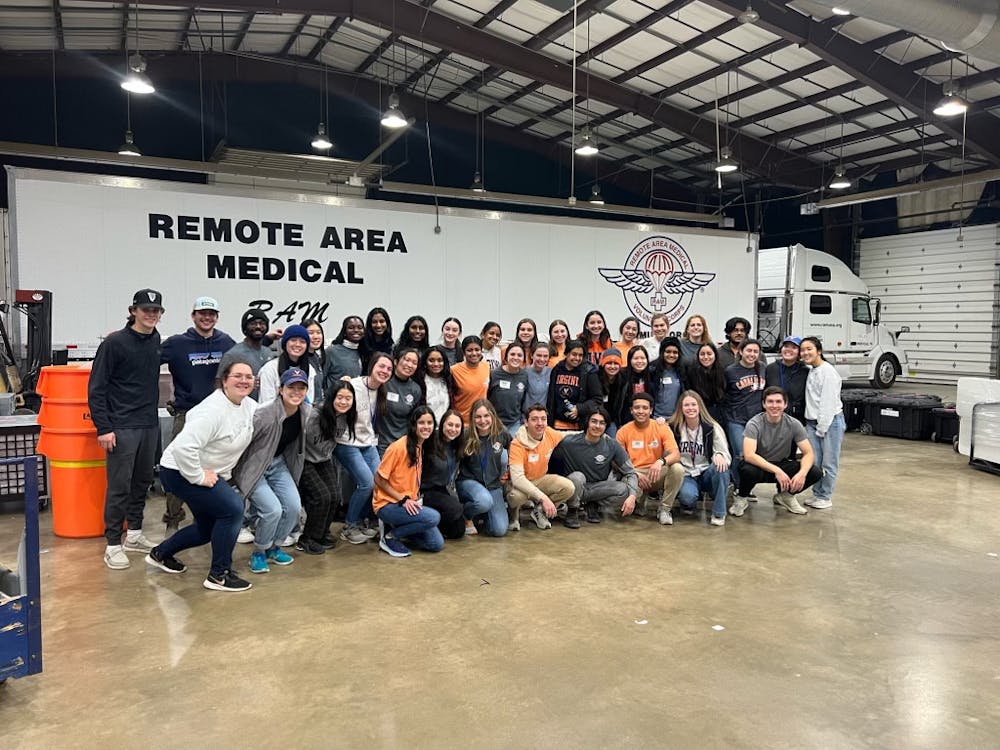In collaboration with the University’s Repair Lab — which seeks to understand the relationship between climate change and racial injustice — students enrolled in HIST 4501 “The Climate Crisis” this spring semester have been searching the archives of the Albert and Shirley Small Special Collections Library for historical data on the rising housing prices in Norfolk and using this information to connect historical trends in the increase in real estate prices.
The University’s Repair Lab has been conducting research over the last year pertaining to the effects of climate change on housing prices in Norfolk and the surrounding areas. Researchers have obtained this information through a combination of field research and historical analysis. The goal of this project is to use the expertise of their members to research and teach the causes and consequences of environmental injustice.
At the start of the semester, Justin McBrien, history lecturer and post-doctoral research associate, had the desire to find a research project for his HIST 4501 class to work on. With his previous experience in environmental history and his connections to people in the field, McBrien decided to collaborate with the lab, seeing this as an opportunity for his students to be able to engage with the material outside of the classroom.
The lab focuses on understanding climate gentrification. The lab operates through collaboration between various disciplines, including students and faculty involved in history, political science and environmental science.
Climate gentrification is an issue where wealthy individuals in areas more at risk from climate disasters — such as flooding — relocate to low-income neighborhoods to avoid these disasters, and it is often experienced in the coastal areas of the U.S. Through this relocation, the housing prices increase in the area with an influx of residents and force some of the previous inhabitants out of their homes. According to McBrien, even the anticipation of the impacts of climate change can drive this gentrification.
“One, there's the problem of unequal impacts of climate risks, but there’s also the response — the idea of adaptation, resilience, even like the production of new green spaces, these kinds of responses,” McBrien said. “In an attempt to anticipate the impacts of climate change, [the responses] can themselves drive gentrification and displacement. So what appears to be a great solution to dealing with the incoming impacts of climate change ends up creating a new form of gentrification.”
In Virginia, the effects of climate gentrification are predominantly seen in Norfolk, which is in close proximity to both the Chesapeake Bay and the Elizabeth River. The Norfolk area experiences around 170 days of high tide flooding per year — a number that is projected to rise over the years to come, per a technical report from the National Oceanic and Atmospheric Administration.
McBrien’s project is still early in its process, with the present focus on collection and archiving of historical and current data. While larger conclusions cannot be drawn regarding the complete effects of climate change on the Norfolk area at this stage of the project, some instances of inequality have been measured and can be used to further explore how the impacts of climate change relate to the increased aggression of gentrification in other areas.
One of these instances of inequality is the increase in real estate prices in Liberty City — a predominantly Black and Latinx neighborhood in Miami that has been gentrified due to its increased elevation in comparison to the rest of the city.
Gaby Vargas, third-year College student and intern for the University’s Environmental Justice Policy Clinic, emphasized that financial inequality plagues Norfolk residents during floods. Residents’ opinions will be incorporated in focus groups during the research portion of this project.
“Flooding is a really big problem that [the Repair Lab] wants to focus on — specifically flooding within Black neighborhoods, where a lot of the solutions offered to residents of color aren't necessarily feasible,” Vargas said. “For flooding insurance, I believe that your house has to flood multiple times in order to qualify for it.”
As McBrien observed while teaching this class, many students enjoy examining historical data — such as land deeds and other documents — in a manner that influences the world outside of the classroom in their collaboration with the Repair Lab.
“I think what the most important thing that students are taking away from this is that this is holistically integrated into all of these other issues,” McBrien said. “The point of talking about the climate crisis was to show that this crisis is embedded in the practices of our lifestyle and how we address this in our life on a daily basis.”
Climate change is an issue that requires holistic approaches in order to make accurate assumptions that help inform decision making and prepare for climate disasters, McBrien said. The work done in collaboration with the University’s Repair Lab has allowed students to experience this interdisciplinary approach for themselves.
“It's very much seeing what you can learn in the classroom and applying it to a genuine, real world issue that actually has tangible effects on people,” Vargas said. “It’s very easy to sit back and say climate change is bad and all of that, but this really puts into perspective the amount of issues that you wouldn’t have necessarily considered otherwise, especially from an environmental justice perspective.”
From the positive student reception that he has received, McBrien plans on attempting to inspire further student engagement with similar projects in the future.
“My hope is that this is the beginning of something that will turn into something long term — that we can use this as an entry point into beginning to engage in these issues at a more pedagogical level at this university,” McBrien said. “Next year, I'll be teaching in the first-year engagements program, and I'm hoping to have them also be involved in doing work with the [Repair] Lab as a means not just to develop student engagement, but to actually help drive these projects.”
McBrien hopes that his class will have more tangible data in mid-May, after they have concluded their historical research. He also hopes to explore the Norfolk archives with his students over the summer, where more information pertaining to the rising real estate prices in the Norfolk area is available.





